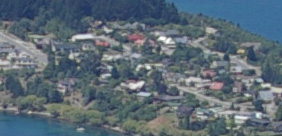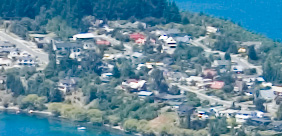Pentax K10D
-
-
Written by Gordon Laing
Outdoor scene - Pentax K10D vs Canon 400D / XTi vs Nikon D80 with kit lenses
Pentax K10D Using DA 18-55mm |
Canon 400D / XTi Using EF-S 18-55mm |
Nikon D80 Using DX 18-135mm | ||
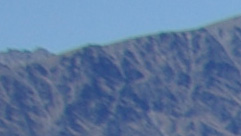 |
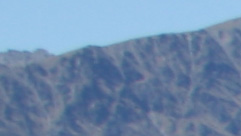 |
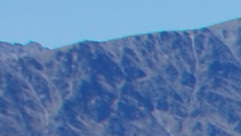 | ||
1/250, f8, 100 ISO |
1/250, f8, 100 ISO |
1/250, f8, 100 ISO | ||
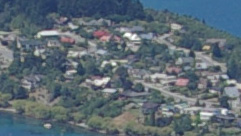 |
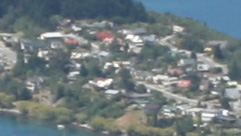 |
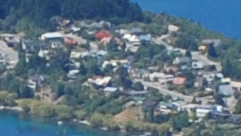 | ||
1/250, f8, 100 ISO |
1/250, f8, 100 ISO |
1/250, f8, 100 ISO | ||
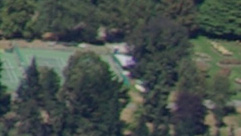 |
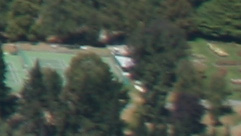 |
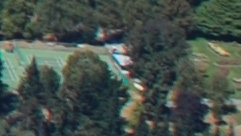 | ||
1/250, f8, 100 ISO |
1/250, f8, 100 ISO |
1/250, f8, 100 ISO |
|
Judging from the samples above, the Pentax K10D is capable of recording roughly the same degree of detail as the Nikon D80 when both are using the kit lenses stated above. The Pentax DA 18-55mm is softer in the corners than the Nikkor DX 18-135mm, but again the degree of recorded detail is roughly the same. As you’ll see from our other sample images though, the K10D’s default JPEG image processing produces relatively toned-down photos which can certainly handle a boost in almost every respect. This is particularly apparent next to the D80’s Normal setting which delivers quite punchy results in comparison. Overall though it’s still a respectable result for the K10D which records comparable detail to what’s arguably the leading 10 Megapixel mid-range DSLR. The biggest differences in the crops above though are once again from the Canon EOS 400D / XTi. As seen in our other DSLR comparisons, the 400D / XTi is let down by the EF-S 18-55mm kit lens which suffers in particular from softening in the corners – this is most visible on the trees in the final row of crops. |
Pentax K10D JPEG versus RAW comparison
| ||||||||||||||
Outdoor / Resolution / Noise / Noise 2
